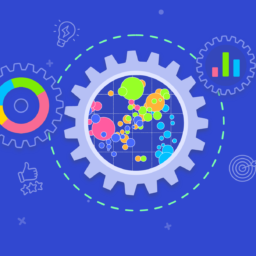
Why is the CJA the most appropriate solution for customer data analysis and customer insights diffusion?
Nowadays, every company uses customer insights in its decision-making. However, they don’t use the same tools to produce and use them. These different solutions rely on technologies that are just as different.
But then, how to differentiate these solutions and what different benefits do they bring to the table?
What is the most appropriate solution for customer insights production and communication?
Comparison of the different insights production tools
This comparison considers the main solutions used by the companies to produce customer insights.
Emotions analysis tools
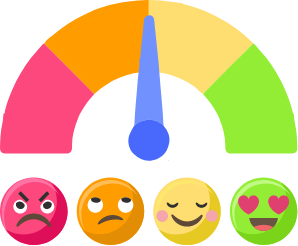
The emotions analysis tools allow to take into consideration the feeling expressed by the customers. This way, the customers can be better understood regarding the products use, their needs, or the experience they go through.
These tools exploit text-mining technologies that requires textual data. These data can come from communications with the customers, comments on social media, customers’ rating, or even transcription from oral conversations (NLP).
These tools only suffer from little analyses biased, except for voluntarily expressed opinions that can often be the most extreme ones. These tools are however appropriate for treating large amounts of texts; for example, to help in analyzing qualitative studies or monitoring social media.
Web analysis platforms
Web analysis platforms allow to collect and process customers’ browsing data. These tools are insightful for the digital scope. Digital channels supervisors can indeed understand the customers behaviors and identify the optimization axes of the digital channels.
These tools suffer from little biases regarding the produced analyses. Nevertheless, these solutions only cover the digital scope and don’t directly produce insights that can be interpreted on the omnichannel scope.
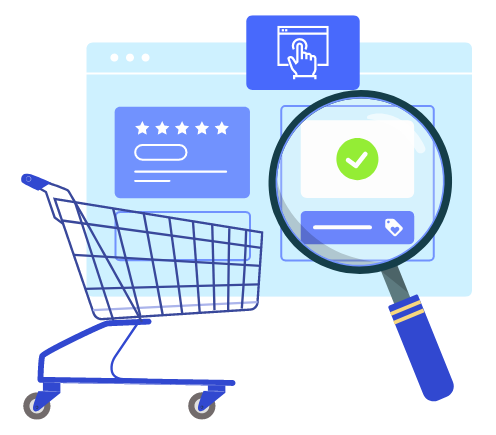
Business intelligence tools
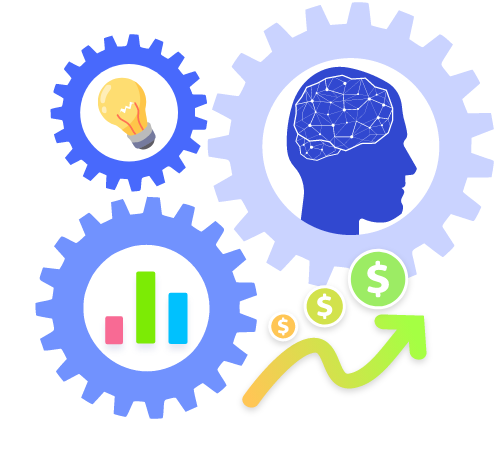
As seen in the previous articles, BI tools are widely used by the companies. They are especially efficient to implement dashboards that will allow to monitor the results, processes or known settings whose variables are also known and controlled. These tools meet the need for reporting, for example sales or financial reports or simple data visualization.
However, these tools can lack of depth and analysis context to be used for customer insights production and communication.
Complex customer insights data visualization requires further details on the analysis context to allow a proper interpretation by the business teams. It’s even more the case for data exploration that requires at the same time to integrate many (even all) data sources to find the factual correlations, to understand the results’ implications and make informed decisions.
Data Analytics tools
As seen previously as well, Data Analytics tools allow to lead very precise analyses. They are especially appropriate to answer complex problems and to direct endorsed strategies. For purposes of customer insights, they can entirely be appropriate to answer complex and precisely identified problems, such as predictive models’ set up.
However, these tools are difficult to use and requires a lot of time to conduct the analyses. Data Analytics tools also has a tendency to only push raw analysis results that can be hard to understand for the business teams without the analysts’ support.
Data Analytics and Business Intelligence tools’ features have the tendency to merge to cover the value chain from the analysis to the decision-making. Therefore, they are combined in the comparative table.
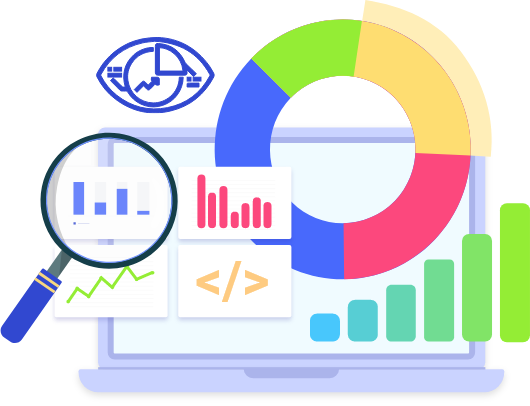
Customer Journey Analytics tools
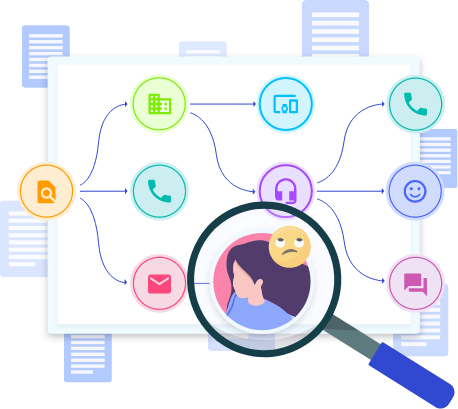
As seen in the previous article, CJA tools allow the massive integration of quantitative data, whether they are interaction, transactional, browsing, socio-demographic data and on an omnichannel scope. Every business team being involved with the customer relationship can therefore benefit from updated and reliable customer insights. On another note, CJA tools’ technology sequences the “customers events”. By doing so, the insights are contextualized and allow more easily the business teams to use them for decision-making.
Analytics managers can then focus on the analysis and look for solutions since the necessary work to produce and communicate the insights is mostly automated.
These tools don’t suffer from analysis bias since all the available data are integrated (no arbitrage needed on the integrated sources) but remain dependent on the quality of the integrated data.
Benchmark of the different solutions allowing customer insights production and communication
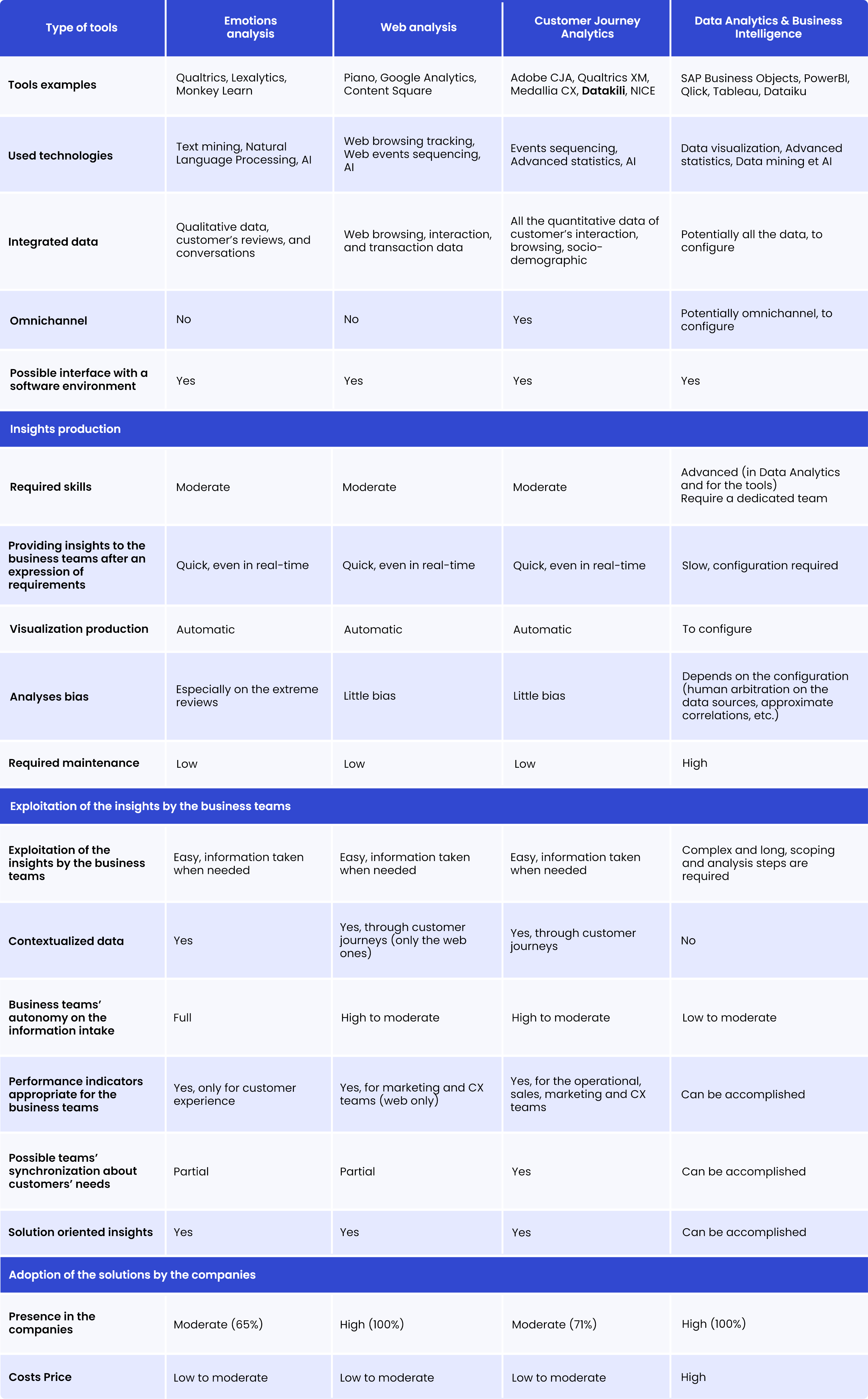
Why are the Customer Journey Analytics solutions the most suitable to the customer insights production and communication?
The versatility of the insights produced by Customer Journey Analytics tools
CJA tools are the most versatile. They allow to automatically produce insights on the omnichannel scope for all the operational, sales, marketing and customer experience teams. These insights are known and understandable KPI for the teams. These solutions can be interfaced with complex software environments, and therefore expand the integrated data with other software. Furthermore, all the quantitative data are integrated, which allow this technology to value all the existing data and produce reliable analyses that rely on the thoroughness of customer interactions.
From a capability perspective, Data Analytics and Business Intelligence data are the most versatile: able to support the processing of operations, from the simplest to the most complex. But at what human cost? Commonly used, they allow to go further in the analyses with a strong added value that requires an advanced algorithmic setting, for example the implementation of specific predictive models.
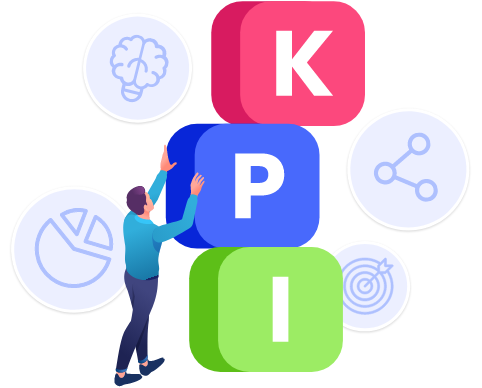
They are not suitable to customer insights constant production since they are too complex to manipulate. They don’t allow the teams using them to be reactive enough, at short or mid-term, to meet the business teams’ needs.
Adopting the CJA to succeed in your company’s data transformation
The companies need to evolve towards data-driven models: the business teams must be able to rely on analytics support to back their decision-making. CJA tools are the only ones that can communicate widely information that are understandable by several teams within the company. Teams work more easily together on transverse issues and coordinate their efforts towards common goals. The automatization of the customer insights production and communication allows the business teams to have access to the information when they need it, and therefore encourage the adoption of the data by the business teams.
Productivity and resources
Tools that are not really automated or that are high maintenance such as BI tools can impose the analysts teams to work in a quite systematic scheme of analysis production and maintenance. In comparison, the high productivity of CJA tools allows analysts team to focus on task with higher added value, such as supporting the business teams in the data interpretation, or the analysis and interpretation of specific studies.

CJA tools don’t require advanced training to be used. A general expertise about data analysis is enough to get the best out of these tools. They are easy to use and promote, that is why they are so successful among companies. It also explains the noticed returns on investments.
To conclude, tools, currently adopted by the companies such as Data Analytics or Business Intelligence tools have allowed to produce customer insights. However, they are not the most suitable tools to allow the analysts teams to meet the business teams’ needs. Some tools, such as emotions analytics, web analytics or customer journeys studies, are more efficient on their scope. CJA tools allow in addition to integrate all the quantitative data from other software to bring to all the business teams the right updated information, at any time.
If the CJA is a relevant option to customer insights production, analysis and distribution, it is still not easy to find the most suitable one within all the available offers on the market. One of the most important angles in the consideration and choice of your CJA is the support that it offers on your project.

If you need to see through projects while taking account of the regulatory (GDPR), technical (data) and organizational restrictions, it is important to choose a tool that stands out by its overall and personalized approach. Following the example of datakili® – a French-based omnichannel customer journey analysis tool – the chosen CJA needs to be able to offer proximity support, by counseling you on each key step of your project. This support needs to bring advices about the products and data marketing in order to remove the constraints you can have while ensuring regulatory compliance. In addition, datakili® has already win several spurs among French companies, proving its reliability and efficiency.
So, when you considerate the different available options to see through your complex customer insights production and analysis, it is important to take into account the expertise, the proximity and support a solution as datakili® can provide.
Our next article will be about the methodology of a data project for relevant insights production with a CJA tools and the expected results.




